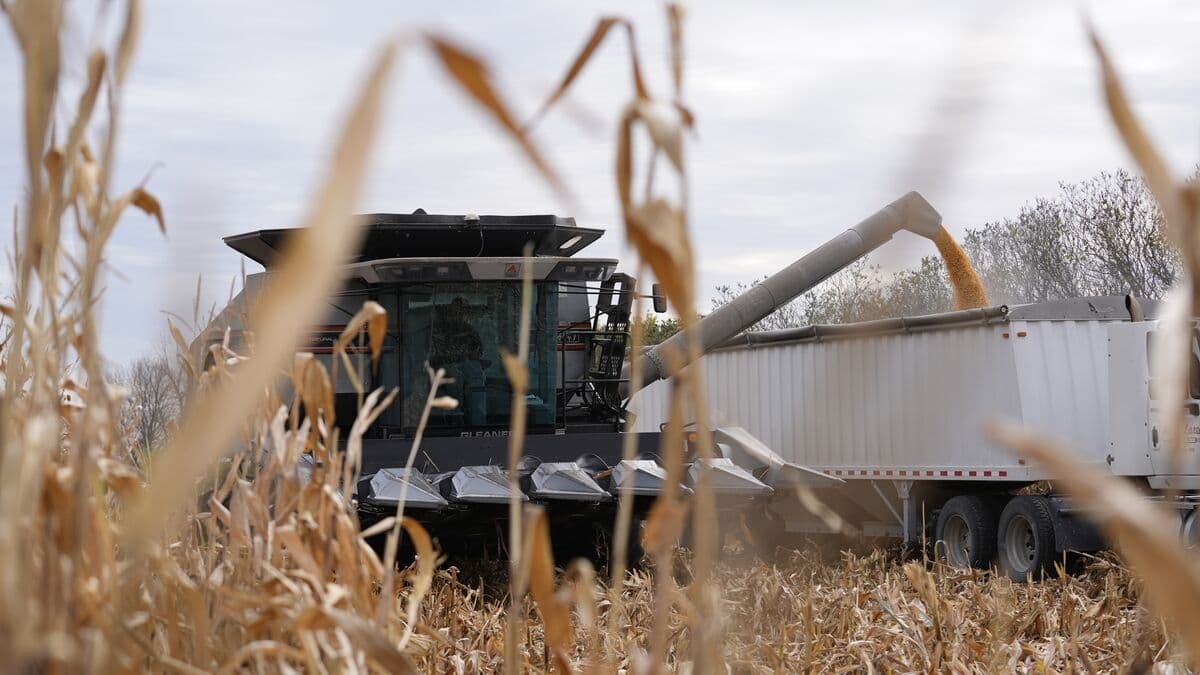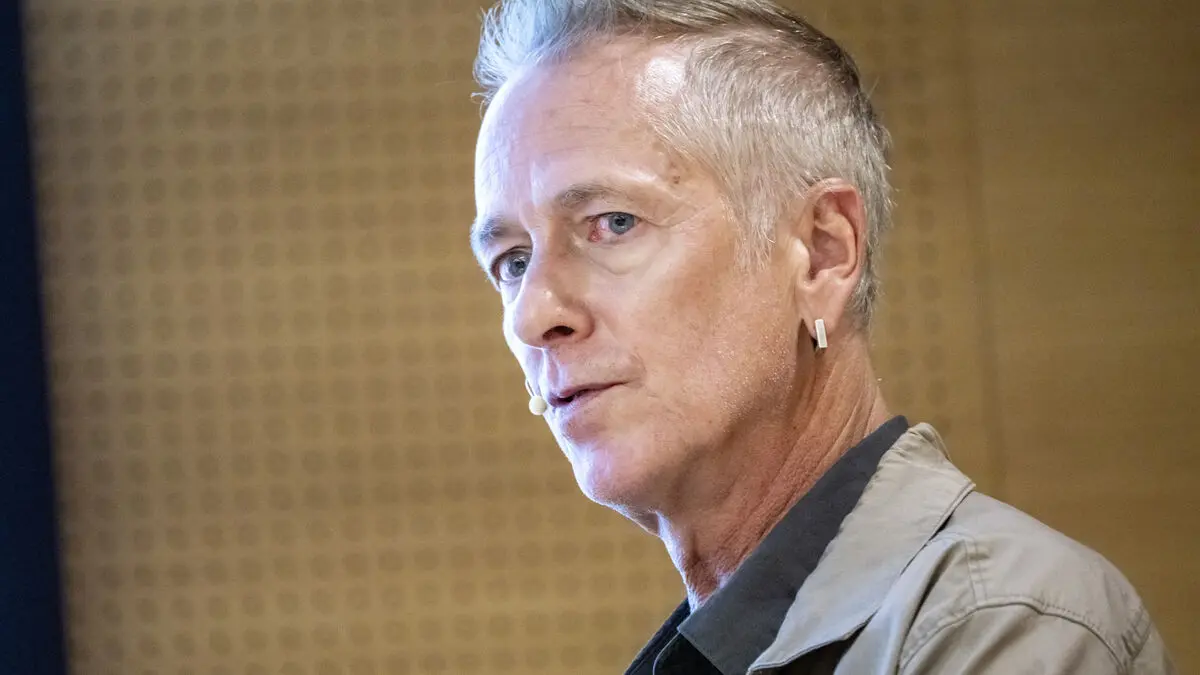When the research report EAT-Lancet was released in 2019, the impact and attention were massive.
It is one of the ten interdisciplinary studies that have been cited the most in policy documents of all time. It's about how we can eat a healthy diet within the planet's boundaries, says Line Gordon, head of the Stockholm Resilience Centre at Stockholm University.
The report is now getting a follow-up and she is one of the main authors. Recently, it was found that seven out of nine so-called planetary boundaries have been exceeded. The report now states that the world's food production is the main reason why we have exceeded five of the boundaries.
It may sound depressing, but if you turn it around: if we fix the food, the planet will be saved.
When we talk about a transition to sustainable development, the food system is really central to our ability to achieve it, says Gordon.
"Strange debate"
Much of what is environmentally friendly is also healthy. The "planetary health diet", which was launched in 2019, is largely intact even this year. From a Swedish perspective, it's about less red meat (max 105 grams per week), more fruits and vegetables (500 grams per day), as well as more legumes and nuts.
15 million lives globally per year would be saved if everyone ate in this way.
The easiest thing is to switch to whole grains as much as you can. Replace some of the animal products you eat today with plant-based alternatives, says Gordon.
In Sweden, the discussion about meat in recent years has been linked to the issue of preparedness. Line Gordon thinks the debate has become strange, since a large part of what is grown in Sweden is edible – but becomes animal feed.
It may become a more limited diet. But in a crisis situation, there are still calories, grains, and proteins within the country.
The transformation would cost 500 billion dollars per year, but it's money that could be earned tenfold, according to the report.
Lobbying and lack of leadership
If we now have the answer to the problem, why do so few people eat as they should?
The study highlights a lack of political leadership and a food industry that does not want to change. Politicians can help with taxes and subsidies and by setting requirements for procurement to transform agriculture. The industry counteracts the transformation through lobbying and advertising, sometimes even disinformation.
We often feel that we have a free choice and we should take more responsibility as consumers. But in fact, we are quite controlled in today's food system.
EAT-Lancet 2025 is described as the largest research report of its kind.
Behind the report are about 70 researchers from the Stockholm Resilience Centre, Harvard, Cornell, the Potsdam Institute, and the agricultural research network CGIAR.
The study is published in The Lancet.
The planetary boundaries are quantitative assessments of how much human impact the Earth can withstand. Seven out of nine have been exceeded.
Climate change: Food systems account for a third of greenhouse gas emissions.
Land use: 37 percent of the land area is used for agriculture. Forests are cleared to make way for new crops.
Biodiversity: Land conversion, overfishing, and pesticides threaten animals and nature.
Biogeochemical flows: Fertilizers lead to emissions of nitrogen and phosphorus, which, among other things, over-fertilize lakes and oceans.
Freshwater: Irrigation of agriculture accounts for at least 70 percent of all water consumption.
Chemical pollution: Antibiotics from animal husbandry and pesticides lead to major risks.
Atmospheric aerosols (not exceeded): Ammonia emissions from fertilizers and land burning lead to air pollution.
Ocean acidification: The sector's large carbon dioxide emissions lead to acidification.
Ozone depletion (not exceeded): Nitrogen gas emissions from fertilizers can break down ozone, but the ozone layer is still recovering.





